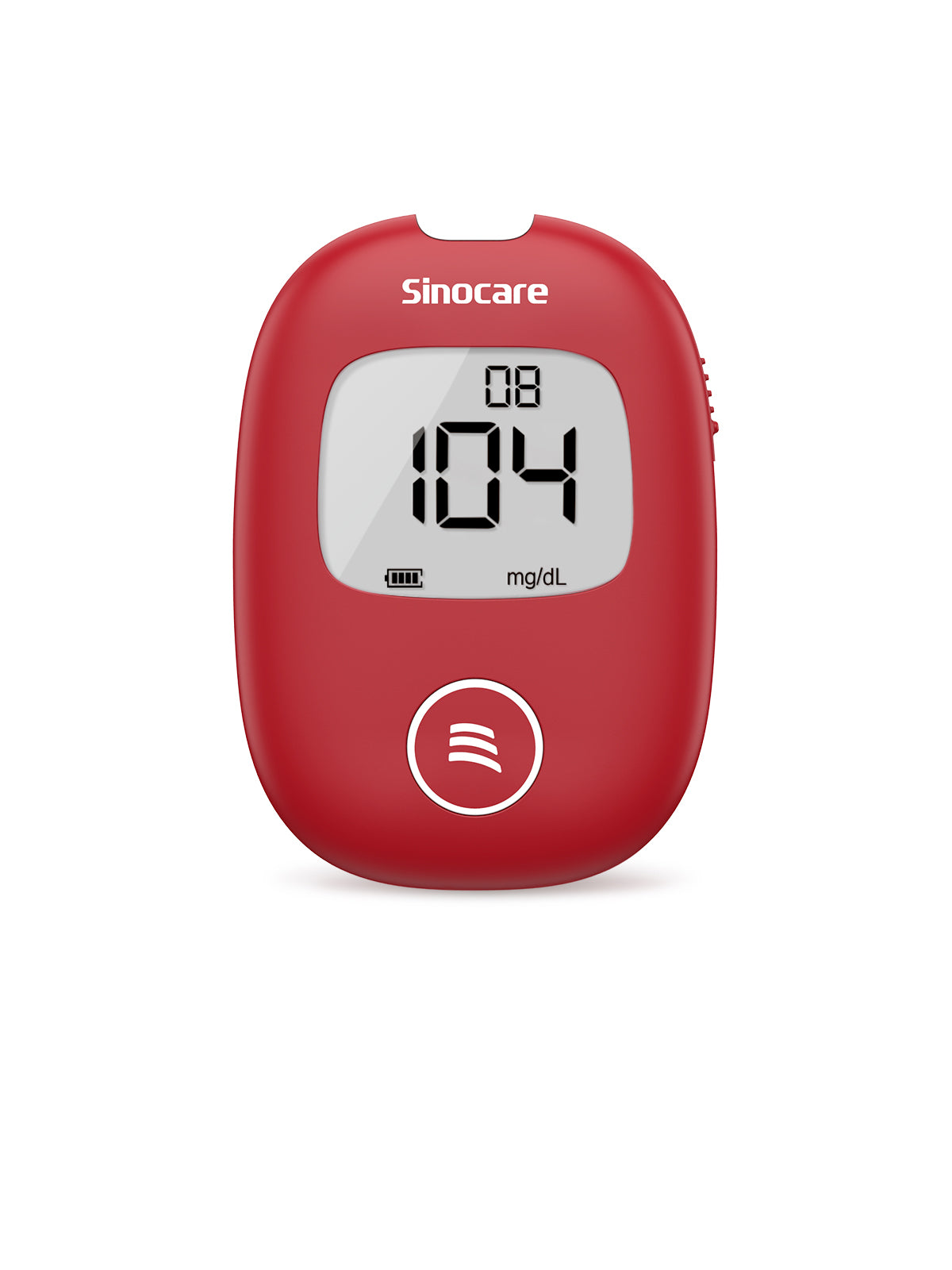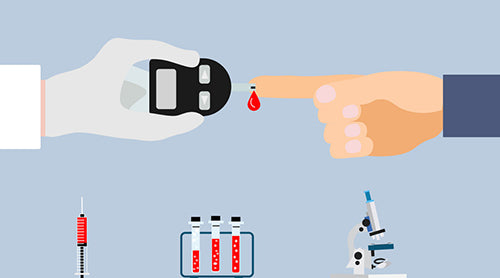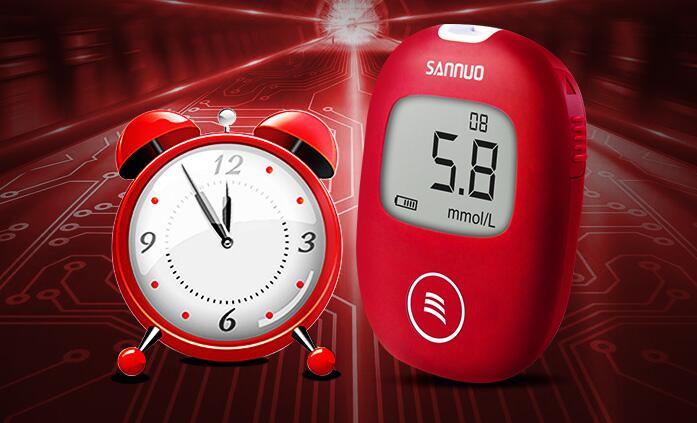Blood glucose measurement is a daily operation for sugar lovers, but there are always some details that lead to inaccurate blood glucose measurement, so let's see what problems need attention in the process of blood collection.
1、The blood collection method should be appropriate
If the needle is too shallow, less than 2 mm, the needle does not completely penetrate the epidermis, resulting in insufficient bleeding. If the needle is too shallow, less than 2 mm, the needle does not completely penetrate the epidermis, resulting in insufficient bleeding. Excessive squeezing will cause dilution of the blood specimen by tissue fluid, which will make the result appear falsely low.
Needle puncture too deep is not only very painful but also produces nervousness, which makes sympathetic nerves excited, prompting blood sugar to rise causing inaccurate results. Therefore, the depth of puncture should be appropriate when collecting blood, and the depth of the needle can be adjusted according to the thickness of the skin in time, generally 2~3 mm.
It is best to make the arm droop for 15 seconds, the other hand from the wrist to the direction of the fingertip stroke, or shake hands, rub hands for about half a minute, to the end of the fingertip red, let the blood flow naturally, or from the root of the finger to push forward, not just squeeze the needle site.
2、Choose the right scale
General blood collection pen has "1 ~ 5" several numbers, which is the depth of the pointer head into the skin, to adjust the depth of the blood collection needle according to the thickness of their own skin.
If it is the first time to use the depth has no concept, first adjust a medium scale "3" to try, and then according to the use of the situation and then fine-tune. The amount of blood collected is not more than necessary, as long as the test can meet the needs.
So is there a blood glucose test without pain of blood collection pen? Of course, there is our Sinodrew lancing device, which is a new upgrade, shock absorption, after many tests as if painless. When you are testing, the blood collection device should be close to the skin, firmly affixed to the fingertips before pressing the button to pop the needle.

3、Do not take blood repeatedly at one site
The ring finger is richer in blood, easier to collect blood, and the ring finger is relatively less active compared to the other four fingers, and less prone to infection. In addition to the ring finger, the middle finger and little finger can also be measured as many times as possible to spread the damage to each site, rather than repeating it many times in one or a few sites.

Be careful not to collect blood at the fingertips, but to choose both sides of the fingers, because the nerve endings on both sides of the fingers are less distributed and less painful after needling. Although you may feel that it is convenient to collect blood from a site you are used to and that it is easy to draw blood onto the test strip, you should always choose a site that you are not used to using. However, as long as you try it a few more times in the unaccustomed area, you will quickly adapt to it.
4、Clean skin
When measuring blood glucose, you must keep your fingers clean. Any food residue or other dirt on your fingers will affect the blood glucose value. When measuring blood glucose, you should wash your hands with warm water and wait for the skin to dry before measuring.
Some sugar lovers may think that when doing blood tests in hospitals, nurses will wipe their fingers with alcohol cotton balls and then tie the needles to take blood, so usually when measuring blood glucose at home, they also use alcohol to disinfect the blood collection site.
Some sugar lovers' skin becomes dry due to high blood sugar, so if alcohol is used again to sterilize the skin, it is easy to promote more dryness, thickening, roughness and even rupture. To prevent or reduce these adverse reactions, wash your hands with warm water and neutral soap or hand sanitizer before blood collection. Warm water can increase blood circulation in the fingers, try to avoid blood collection when the hands are cold. Usually, you can use more hand cream to help prevent dry and cracked skin. If your hands are still cold after washing with warm water, you can soak your hands in hot water, prepare a basin of warm water at about 40°C, soak your palms for about 5 minutes, and when your palms are red and feel warm, it will be easy to collect blood. Some elderly glucose patients have poor peripheral circulation, if it is difficult to collect blood for a long time, you can ask your doctor to determine whether there is any microcirculation problem, if so, you can use some drugs to improve microcirculation under the guidance of your doctor.










Leave a comment
All comments are moderated before being published.
This site is protected by hCaptcha and the hCaptcha Privacy Policy and Terms of Service apply.